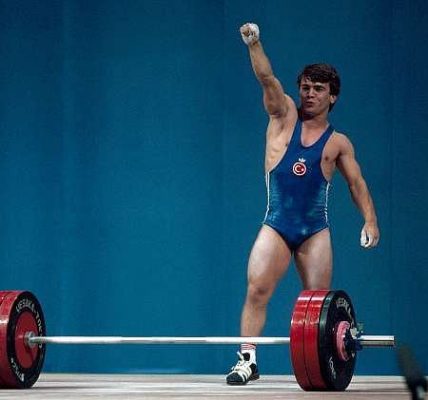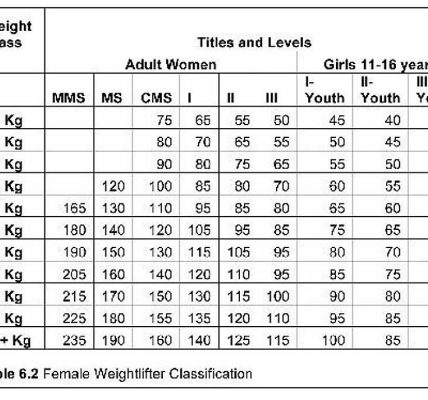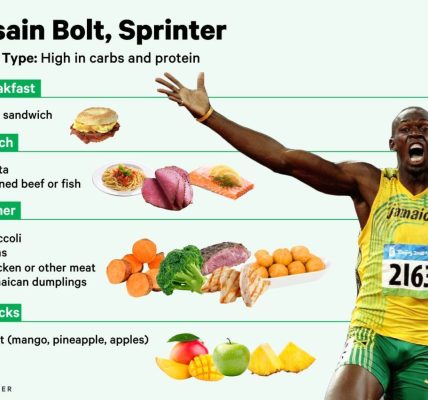Weightlifting has evolved to become a popular sport and a fundamental component of strength and conditioning programs. From powerlifting to CrossFit, the Olympic weightlifting movements have gained immense recognition not only for their competitive aspect but also for their ability to develop explosive power, strength, and athleticism. In this article, we will delve into the anatomy of a lift, providing insights into Olympic weightlifting movements to help you better understand their mechanics and benefits.
The Clean and Jerk
One of the two core movements in Olympic weightlifting is the clean and jerk. This compound movement involves two distinct phases that require coordination, technique, and strength. Here’s a breakdown of each phase:
The Clean
The clean is the initial part of the lift that involves pulling the barbell from the floor to the shoulders. Key components of a successful clean include:
Start Position: Legs shoulder-width apart, back straight, and arms extended with the grip slightly wider than shoulder-width.
First Pull: Initial acceleration of the barbell off the floor using explosive leg drive, maintaining a tight core.
Transition: Once the barbell passes the knees, the lifter transitions from driving with the legs to extending the hips and knees simultaneously.
Rack Position: The final part of the clean where the lifter catches the barbell on the shoulders, known as the front rack position.
The Jerk
After the clean phase, the jerk involves driving the barbell overhead to a locked-out position above the lifter’s head. The main elements of the jerk consist of:
Starting Position: The barbell is held in the front rack position with the lifter’s wrists flexed and elbows high. Legs are shoulder-width apart.
Dip: A short downward movement of the body to generate upward momentum before the drive phase.
Drive: Powerful leg drive and hip extension propel the barbell upward, followed by a rapid dip beneath the barbell to catch it.
Lockout: Full extension of the arms and stabilization of the barbell overhead in a controlled manner.
The Snatch
The snatch is another foundational movement in Olympic weightlifting and requires a high level of skill, speed, and flexibility. It consists of the following key stages:
The Pull
The initial pull phase of the snatch focuses on accelerating the barbell from the floor to a specific height. Here’s what it entails:
Start Position: Similar to the clean, the snatch begins with a shoulder-width stance, a straight back, and a grip slightly wider than shoulder-width.
First Pull: Using explosive leg drive and keeping the back straight, the lifter initiates the upward movement to maximize the barbell’s speed.
Transition: As the barbell clears the knees, the lifter transitions to the second pull, involving a rapid and forceful extension of the hips, knees, and ankles.
The Catch
The second phase of the snatch involves catching the barbell in an overhead squat position. It comprises the following steps:
Receiving Position: After the explosive second pull, the lifter rapidly moves under the barbell, receiving it in a deep squat with an upright torso.
Overhead Position: The snatch is successful when the lifter stabilizes the barbell overhead with locked-out arms and balanced foot positioning.
Remember, both the clean and jerk and the snatch require continuous practice and guidance to improve technique, mobility, and strength. Additionally, consulting a certified coach is essential for beginners to ensure safety and proper form.
By: Your Name
Published: October 1, 2022




